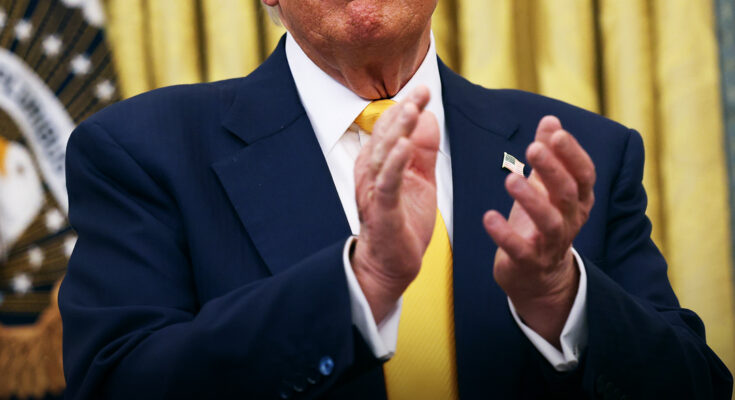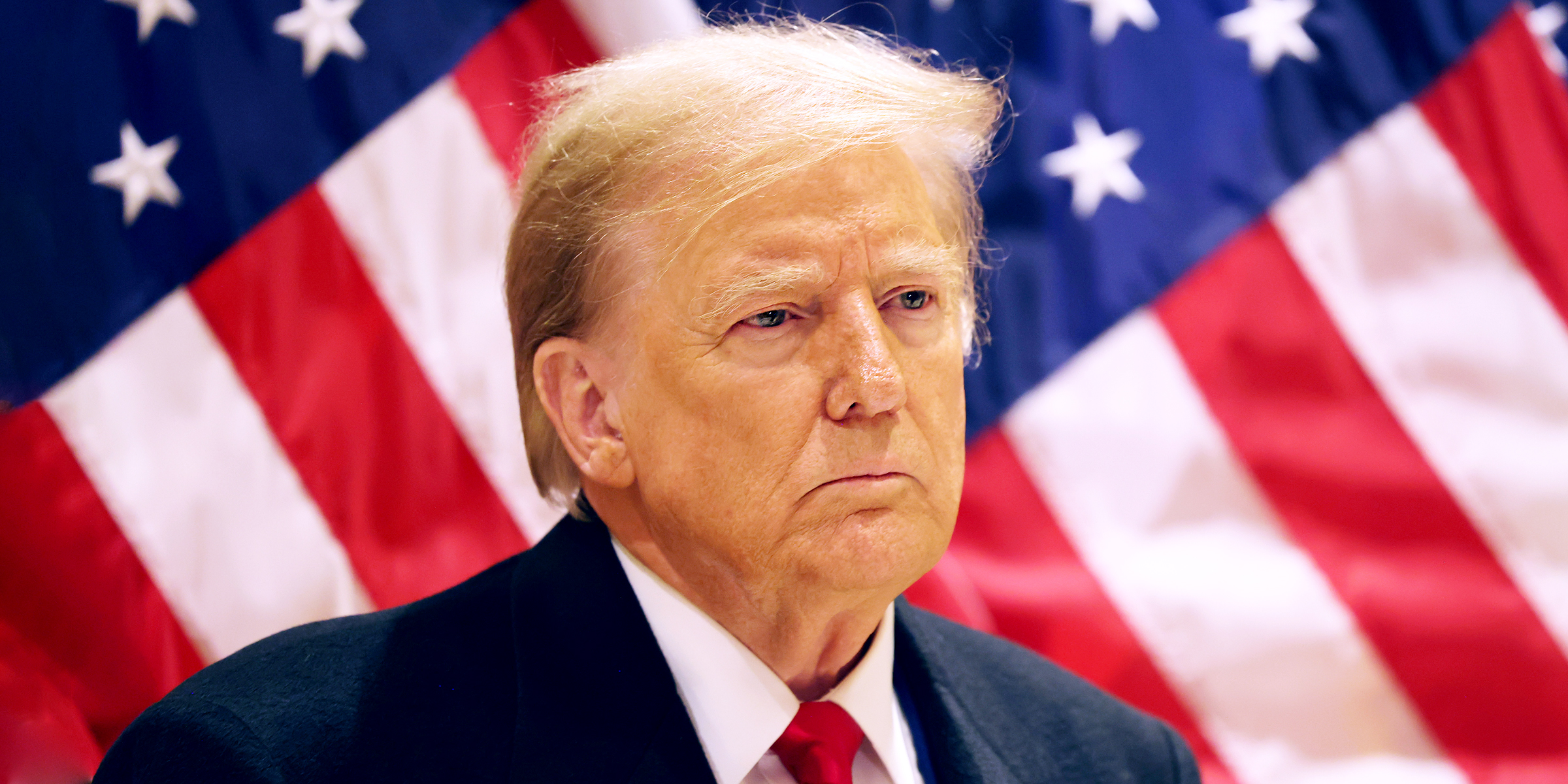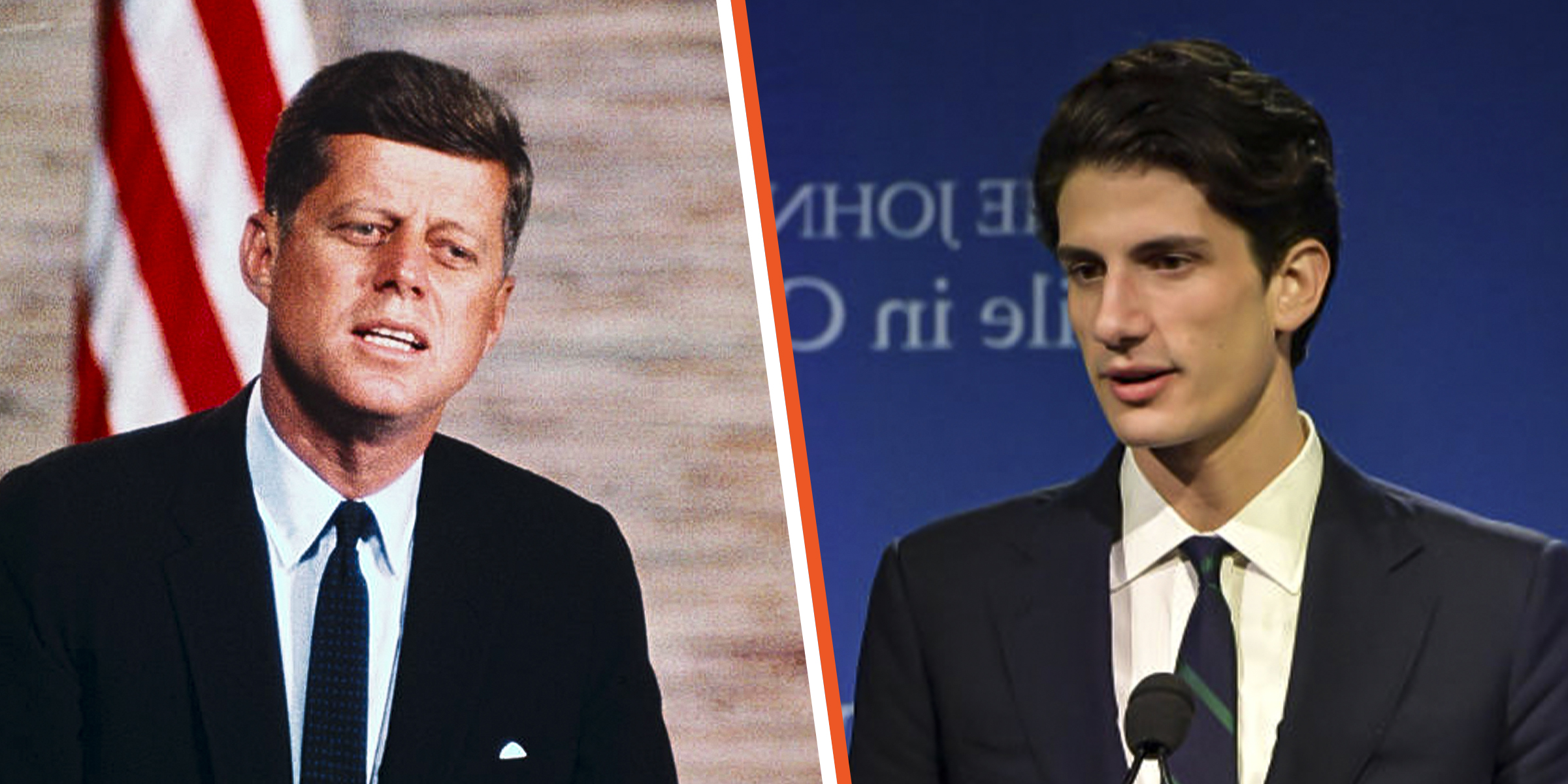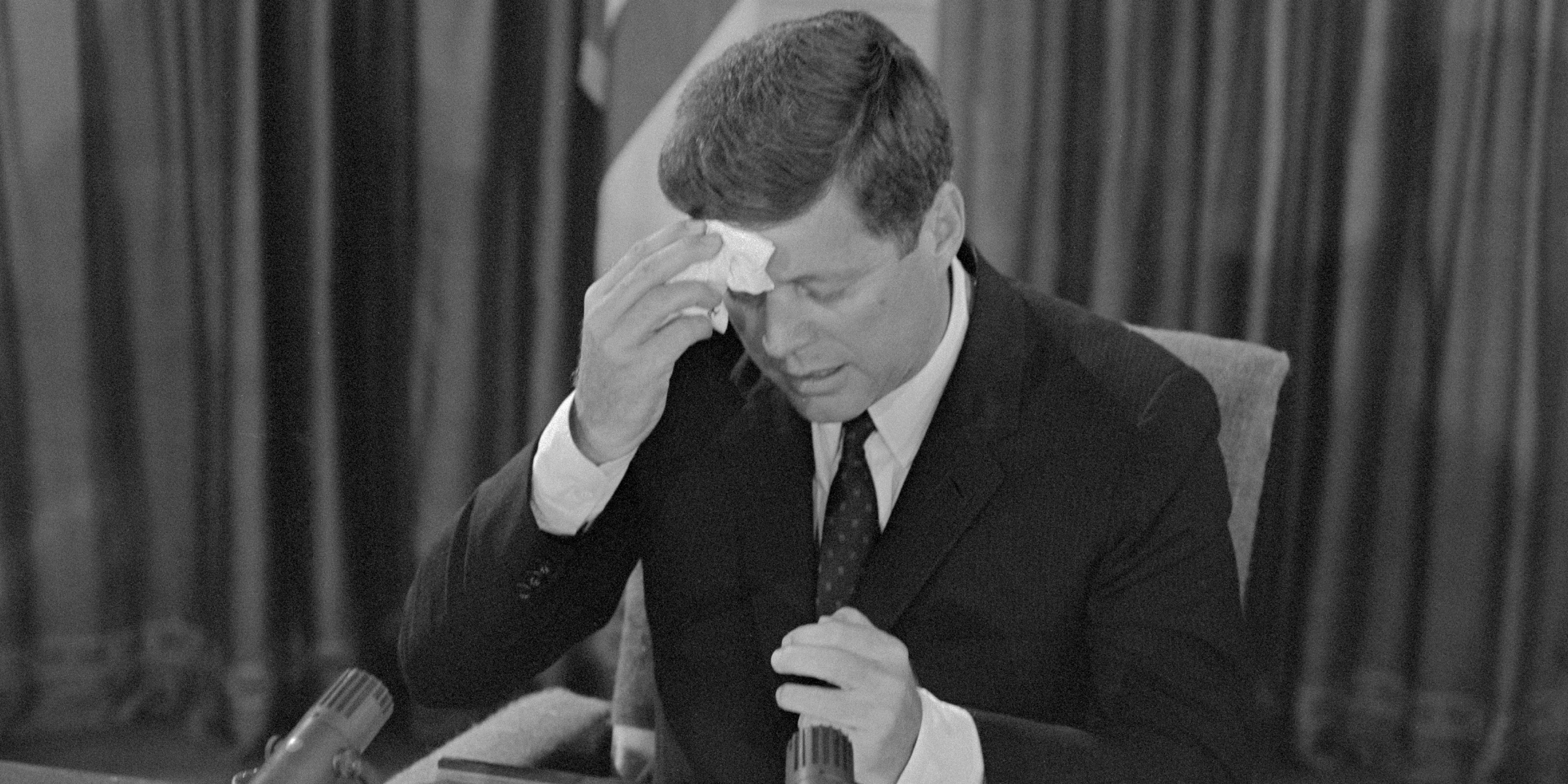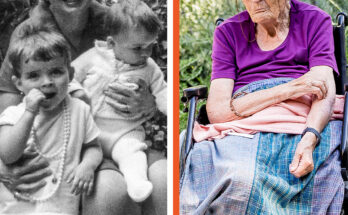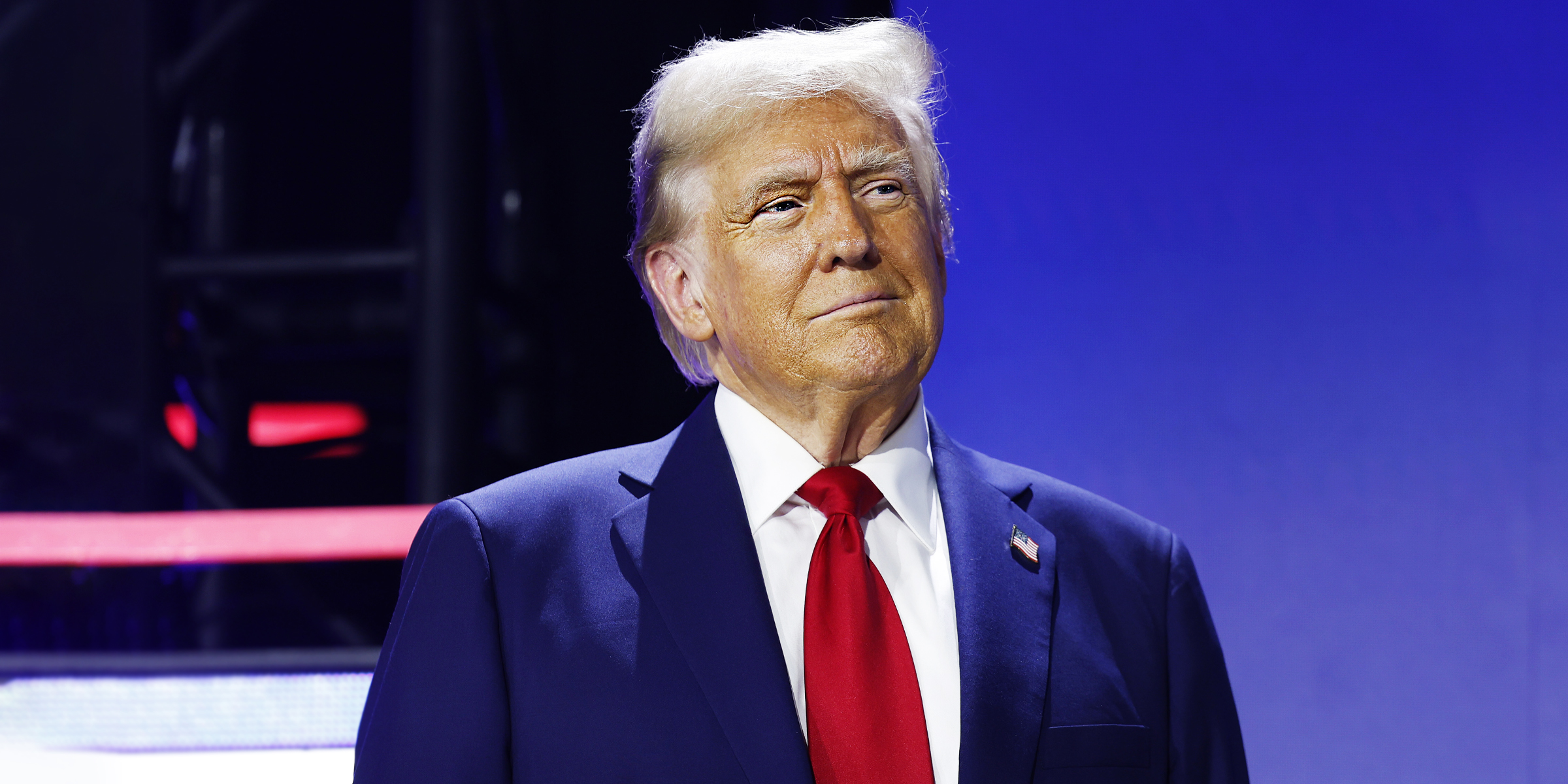
The White House recently took down the official portrait of former President Barack Obama and put up a new painting in its place. While the move was intended to refresh the display, many online were quick to criticize the change.
A new painting portraying former President Donald Trump during the attempted assassination he survived in Pennsylvania last summer has taken a prominent place in the White House’s Grand Foyer. This change follows the removal of President Barack Obama’s official portrait, which previously occupied the space.

A netizen comment about the painting, dated April 2025 | Source: Instagram/whitehouseandpotus
The new artwork drew immediate notice after it was featured on the White House’s official social media. Rather than being removed entirely, Obama’s portrait was relocated to the opposite side of the Grand Foyer, taking the position once held by President George W. Bush. Bush’s portrait was then moved closer to his father’s near a staircase.

A netizen comment about the painting, dated April 2025 | Source: Instagram/whitehouseandpotus
Now displayed in a prime spot within the East Wing, the painting shows Trump with a bloodied face and his right fist raised — a moment that became a powerful symbol during his campaign. By Friday morning, it had already taken its place among the most visible pieces in the presidential residence.

A netizen comment about the painting, dated April 2025 | Source: Instagram/whitehouseandpotus
Public reaction soon followed. Many took to the White House’s Instagram account to voice their frustration. One user wrote, “Doesn’t look like it fits there.” Another questioned, “Is it serious?” A third added, “Is this a joke? No, it is not.”
The tone grew sharper with one remarking, “This gives super north korea vibes that isn’t funny [sic].” Someone else summed it up, “It’s so unbelievable!!”
The online backlash centered on the violent event depicted in the painting. In July 2024, Trump was injured during a campaign rally when gunfire erupted. He was quickly removed from the stage with blood visible on his face.
Butler County District Attorney Richard Goldinger stated that the head of state had been “grazed” by a bullet. According to the Secret Service, the shooter and one attendee were killed, while two others were injured.
Following the incident, Trump addressed the public on Truth Social, expressing gratitude to the United States Secret Service and law enforcement for their quick action. He shared details of the shooting:
“I was shot with a bullet that pierced the upper part of my right ear. I knew immediately that something was wrong in that I heard a whizzing sound, shots, and immediately felt the bullet ripping through the skin. Much bleeding took place, so I realized then what was happening.”
Video captured during the rally offered more details about the sequence of events. The 78-year-old was in the middle of his speech when a series of sharp, gunshot-like sounds echoed through the area.
Clips shared across social media showed him turning in the direction of the noise and briefly reaching for his ear. Within seconds, Secret Service agents rushed the platform and surrounded him.
As he was guided offstage, what looked like blood was visible on the side of his face. Before leaving, Trump paused, told the agents, “wait, wait,” then raised his fist and shouted, “Fight! Fight!” In the same footage, an agent could be heard saying, “the shooter is down.”
Federal authorities later provided an update on the investigation. In their initial statement, the FBI stated that the incident was being investigated as an assassination attempt and a possible act of domestic terrorism.
Although the shooter, later identified as Thomas Matthew Crooks, appeared to have acted alone, agents continued to examine whether anyone else was connected to the attack. Officials reported no ongoing threats to public safety.
The motive remained unknown, but investigators worked to trace the shooter’s actions before the incident, review evidence, analyze digital data, and conduct interviews. Authorities also searched the shooter’s home and vehicle, where suspicious items were discovered. Bomb technicians safely handled them, and the materials were sent to the FBI Laboratory for further analysis.
The firearm used in the attack had been purchased legally, and the individual had not been previously known to the FBI. As the investigation moved forward, federal agents shared additional findings and updates.
The FBI reaffirmed that the shooting was being treated as an attempt to assassinate Trump and as a possible case of domestic terrorism. Although still in the early stages, the investigation had progressed on several fronts.
Agents successfully accessed the phone of Crooks and continued examining his electronic devices. Searches of his home and vehicle had been completed.
Nearly 100 interviews had been carried out with law enforcement, witnesses, and those present at the event. Authorities also received hundreds of digital media tips — photos and videos taken at the scene — which were under active review.
While the inquiry remained ongoing, the FBI encouraged the public to share any helpful information through its official tip line. Victim services teams were also engaged, offering support to those affected by the attack.
As the investigation progresses, focus also turns to issues tied to presidential history and national security. During a rare recent interview aboard Air Force One, the sitting president gave candid remarks about John F. Kennedy’s assassination and the recently released documents that renewed public interest.
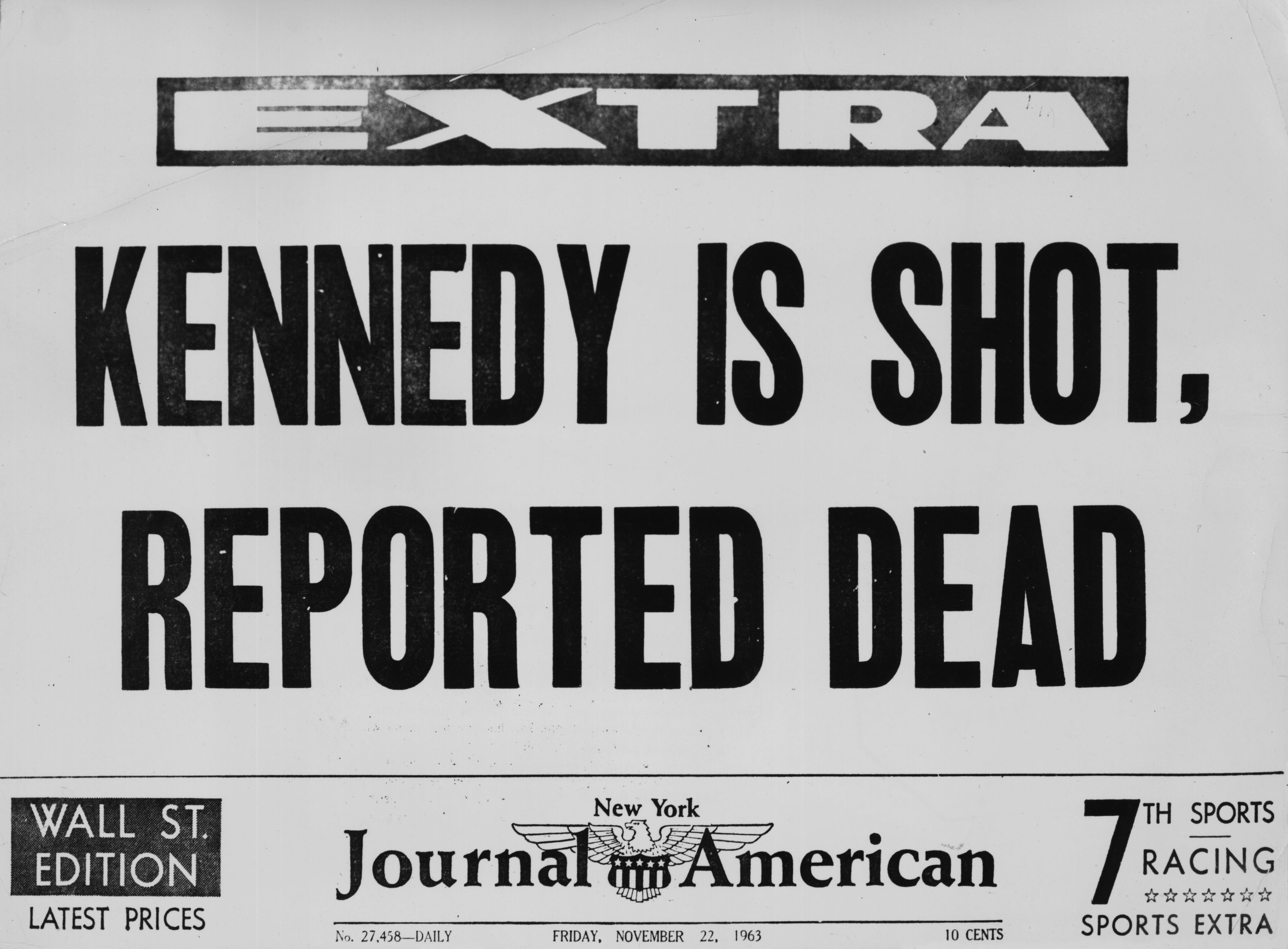
The front page of the New York American Journal, announcing that President John F. Kennedy has been shot and is reportedly dead | Source: Getty Images
For the first time, a sports media figure — OutKick founder Clay Travis — joined the White House press pool and interviewed Trump during the flight. Their discussion covered several high-profile topics, including the release of long-classified records related to the 1963 assassination and whom Trump believed was responsible.
The conversation then turned to long-standing questions about a pivotal moment in American history. When asked whether he believed Lee Harvey Oswald killed President Kennedy, Trump responded:
“I do. And I always felt that, but, of course, was he helped.”
He also noted that the newly unsealed JFK files were “somewhat unspectacular,” which he suggested could actually be “a good thing.”
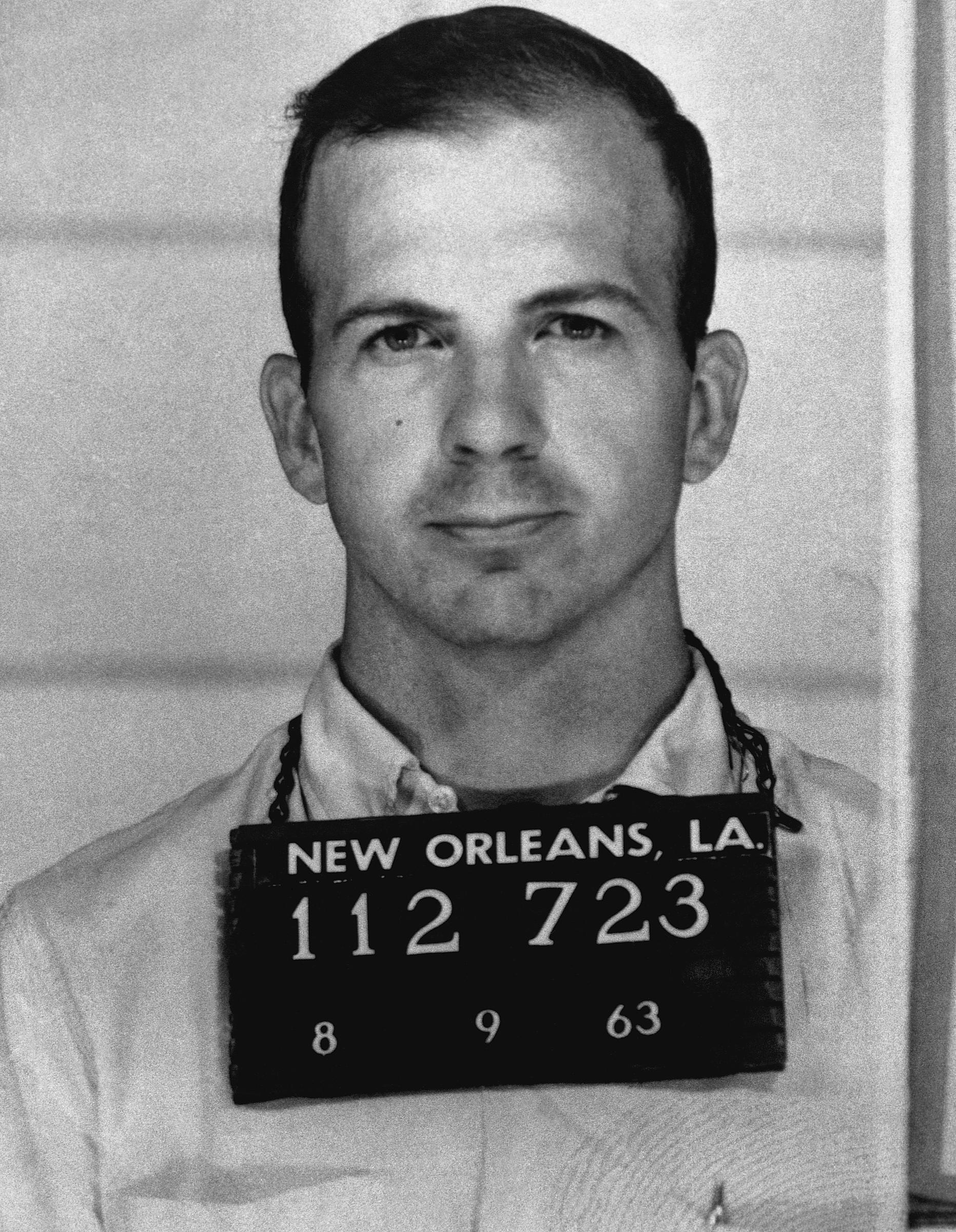
Lee Harvey Oswald in a police photo after being arrested for protesting US policy in Cuba, on August 8, 1963 | Source: Getty Images
Travis went on to raise the recent attempt on Trump’s life in Pennsylvania. The politician pointed to odd details involving the shooter’s phone apps and referenced a separate attempt in Florida. He said the FBI had been transparent, adding:
“I think maybe it won’t be able to be determined, but I don’t believe it’s, you know, it’d [sic] something sinister by the FBI.”
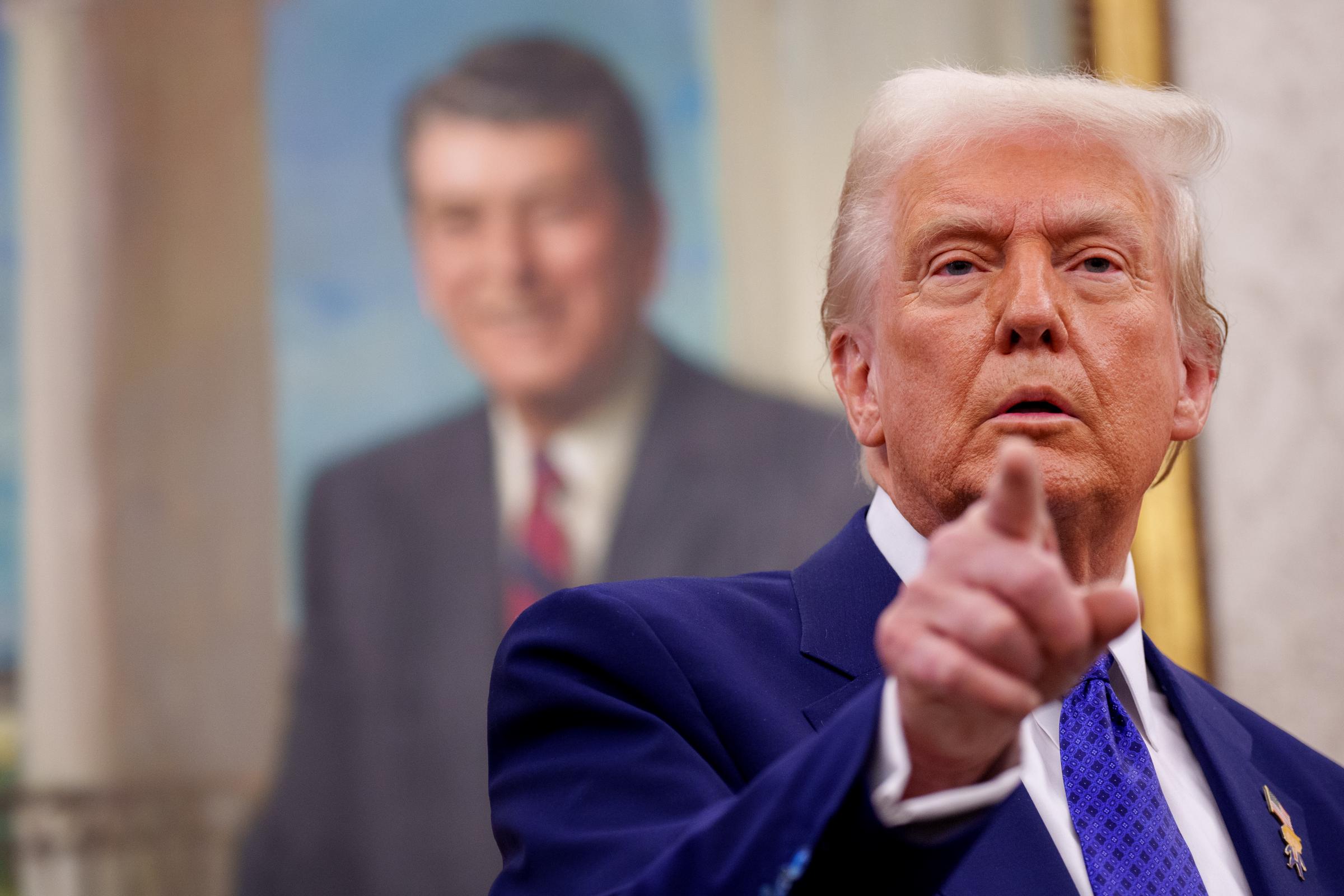
Donald Trump addressing a question from a reporter after Tulsi Gabbard was sworn in as Director of National Intelligence in Washington, D.C. on February 12, 2025 | Source: Getty Images
Days earlier, the U.S. National Archives released tens of thousands of pages related to Kennedy’s assassination, many of them appearing for the first time without redactions. The documents — part of a collection already containing more than six million pages — were made available online.
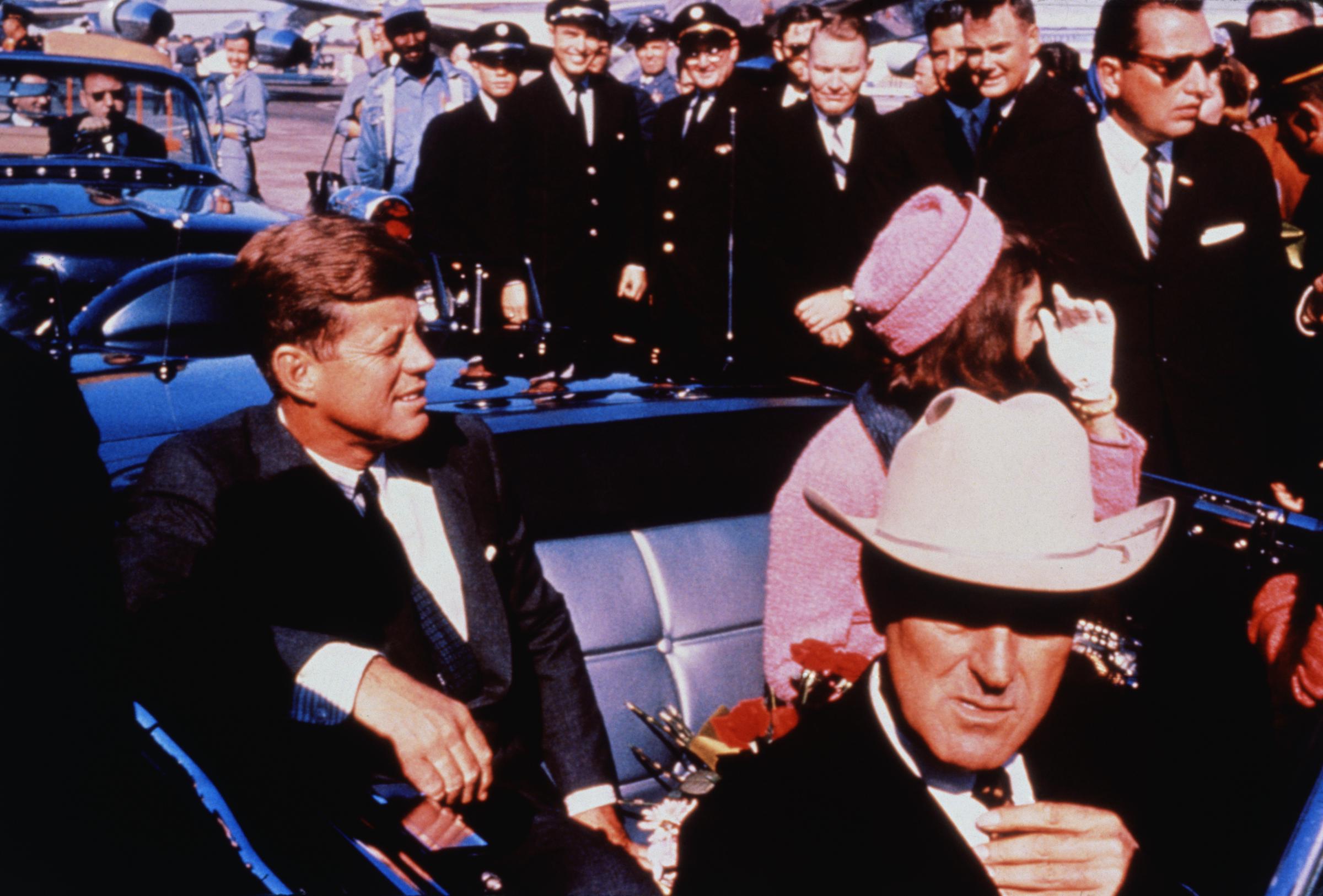
Texas Governor John Connally adjusts his tie (foreground) as US President John F Kennedy (left) and First Lady Jacqueline Kennedy (in pink) settled in rear seats, on November 22, 1963 | Source: Getty Images
The release came after Trump visited the John F. Kennedy Center for the Performing Arts, where he mentioned the presence of around 80,000 pages. Larry J. Sabato, who leads the University of Virginia’s Center for Politics, cautioned that a full review and understanding of the material would take time.
